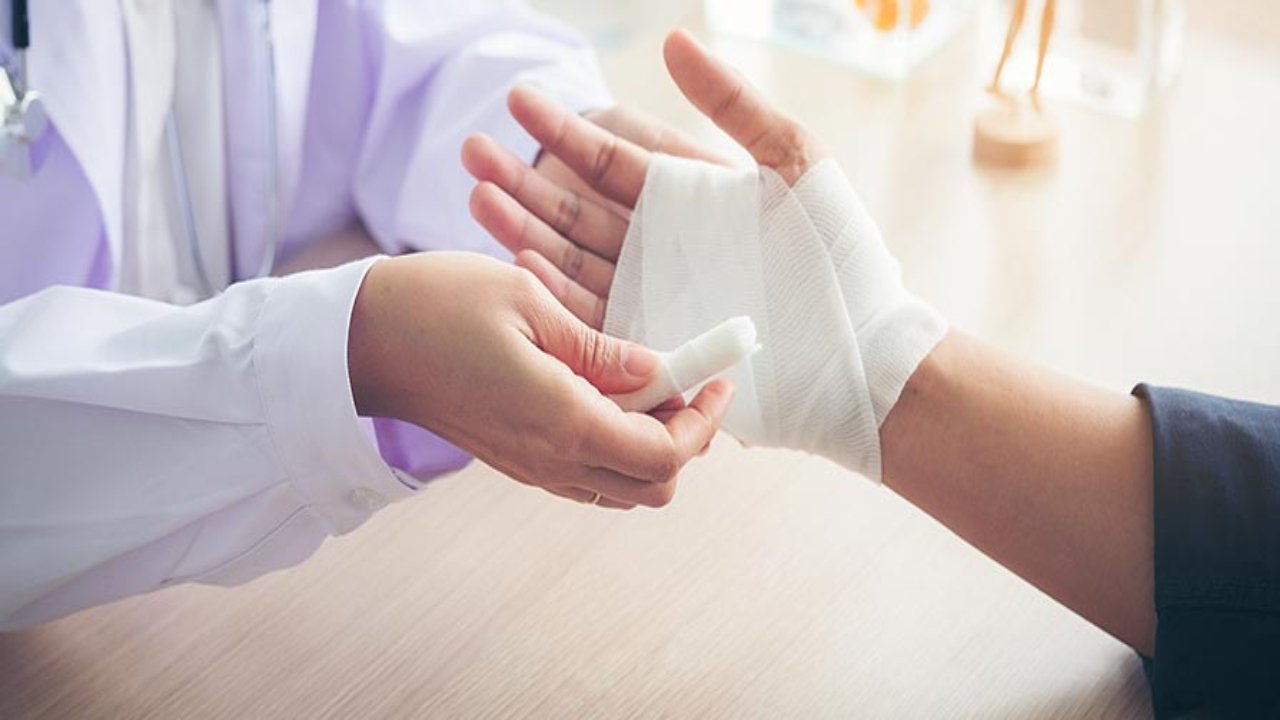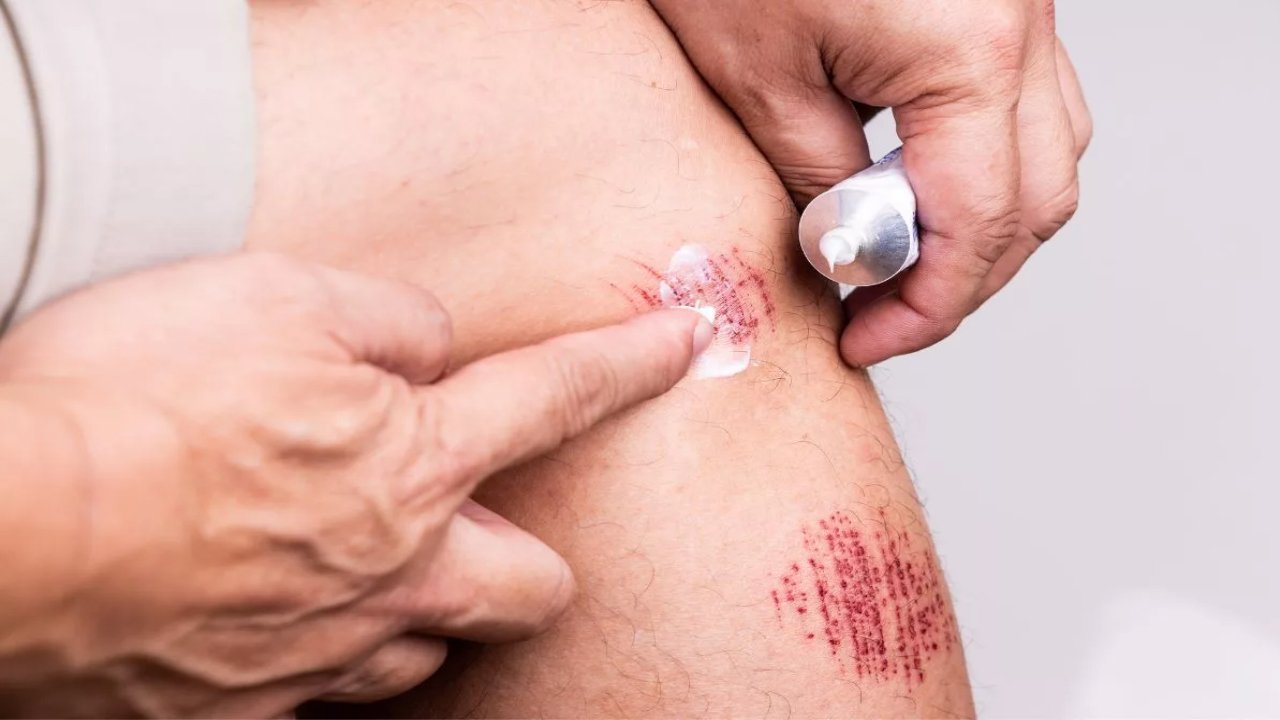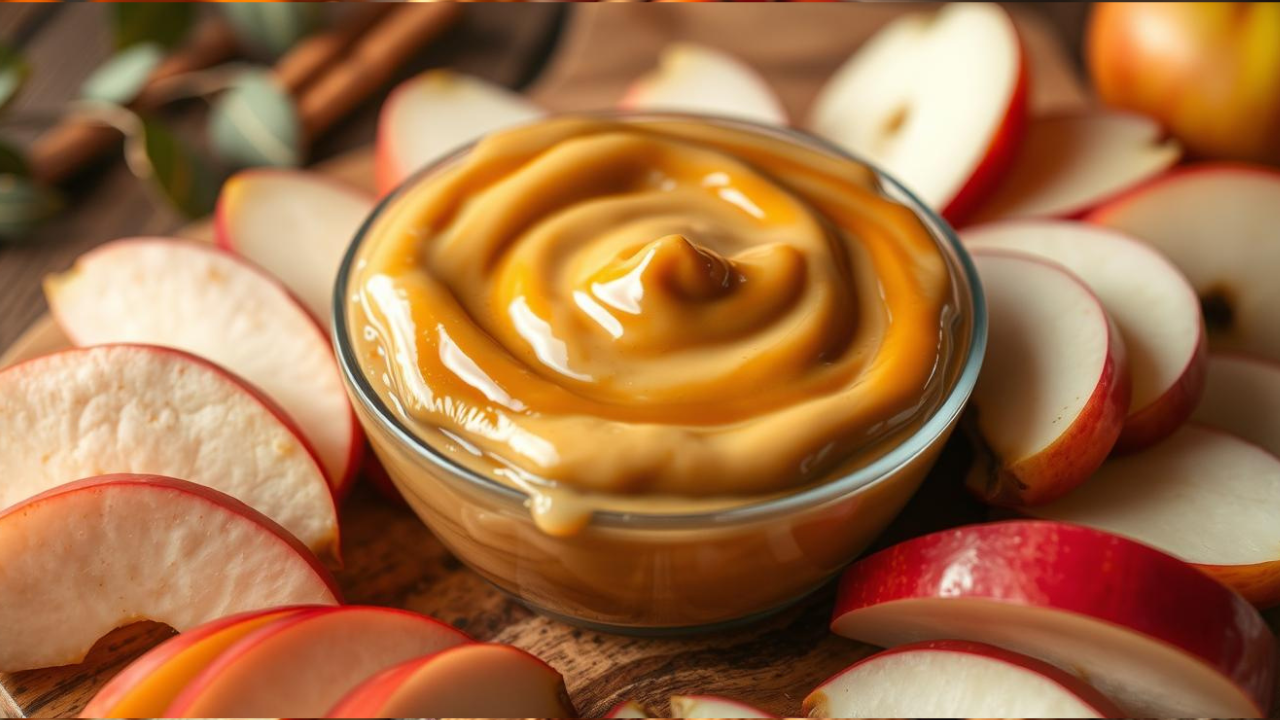Minor Injury Guidelines: A Practical Guide to Fast and Safe Recovery

It’s always the small mishaps that catch us off guard.
You’re slicing vegetables, and the knife slips. You trip over a loose carpet edge. Or maybe a weekend game of soccer leaves you with a twisted ankle.
These aren’t dramatic movie-scene emergencies, but they can disrupt your day, slow your routine, and, if ignored, turn into bigger problems. That’s where a clear minor injury guideline becomes your best friend — a roadmap to handle those everyday accidents with calm, confidence, and common sense.
Why Knowing Minor Injury Care Matters
Most people shrug off small injuries, thinking, “It’s nothing.” But research from the Centers for Disease Control and Prevention (CDC) shows that untreated minor injuries can sometimes lead to complications like infections, reduced mobility, or chronic discomfort.
Having even a basic understanding of first aid for minor injuries not only speeds recovery but can also prevent unnecessary trips to the emergency room.
First Things First: Assess the Situation
Before jumping into action, take a breath. Ask yourself: Is this truly minor?
Minor injuries typically involve:
- Small cuts or scrapes
- Minor burns (first-degree)
- Mild sprains or strains
- Bruises
- Light muscle soreness
If you notice heavy bleeding, deep wounds, broken bones, or signs of a concussion, skip the self-care and seek professional help immediately.
Immediate Care Steps for Common Minor Injuries

Different injuries call for different approaches. Here’s a closer look.
Cuts and Scrapes
Clean the wound gently with lukewarm water to remove dirt and debris. Avoid pouring antiseptic directly into a deep cut — it can damage healthy tissue. Instead, apply an antibacterial ointment and cover with a sterile bandage.
Real-world example: In a UK study, 70% of patients who developed wound infections admitted they didn’t clean the injury properly in the first hour. Early cleaning makes all the difference.
Minor Burns
If you accidentally touch a hot pan or spill boiling water, run the affected area under cool (not ice-cold) water for 10–15 minutes. Pat dry and apply an aloe vera gel or a burn-specific cream. Avoid butter or toothpaste — despite popular myths, they trap heat and slow healing.
The R.I.C.E. Method for Sprains and Strains
One of the most reliable approaches for soft tissue injuries is the R.I.C.E. protocol — Rest, Ice, Compression, Elevation.
- Rest: Give the injured area a break for at least 24–48 hours.
- Ice: Apply a cold pack for 15–20 minutes every 2–3 hours.
- Compression: Use an elastic bandage to reduce swelling, but not so tight that it cuts off circulation.
- Elevation: Keep the injured limb raised above heart level to control swelling.
Sports medicine experts, including those at the American College of Sports Medicine, still recommend R.I.C.E. as a cornerstone for early injury management — though recent studies suggest adding gentle mobility once swelling subsides can speed recovery.
When to Use Over-the-Counter Medications
For pain relief and inflammation control, non-steroidal anti-inflammatory drugs (NSAIDs) like ibuprofen can be effective.
Always follow dosage instructions and consider speaking with a pharmacist or doctor if you have other health conditions.
For muscle soreness, topical pain-relief creams can offer localized comfort without the stomach irritation some oral medications cause.
Preventing Infections in Minor Wounds

Even the tiniest paper cut can become a problem if bacteria find a way in.
A 2019 review in the Journal of Hospital Infection found that more than half of skin infections in healthy adults stemmed from small, neglected injuries.
Tips to avoid infection:
- Wash hands before and after dressing a wound
- Change bandages daily or when wet
- Watch for redness, warmth, or pus — early signs you might need medical advice
Nutrition’s Role in Healing
Healing is more than just rest and ice — your body needs the right fuel.
Protein helps rebuild damaged tissue, vitamin C supports collagen production, and zinc plays a role in cell repair.
If you’ve suffered a soft tissue injury, including foods like lean meats, eggs, citrus fruits, leafy greens, and nuts in your diet can accelerate recovery. Even hydration matters — well-hydrated tissues are less prone to stiffness.
The Mental Side of Minor Injuries
It’s easy to overlook the psychological impact of getting hurt. While most small injuries heal within days or weeks, they can still cause frustration — especially if they interfere with your routine.
A weekend runner with a sprained ankle may feel restless and irritable. A chef with a hand burn might lose confidence in the kitchen for a while. Acknowledging these feelings and focusing on gradual progress can help you avoid the impatience that sometimes leads to re-injury.
When “Minor” Becomes “Major”
Sometimes, what starts as a small issue escalates. Seek professional care if:
- Pain increases instead of improving
- Swelling persists for more than a few days
- You develop fever or chills with a wound
- Movement is significantly restricted
Delaying treatment for worsening symptoms can extend recovery time or lead to more invasive interventions later.
Smart Prevention for the Future
The best injury is the one that never happens. While we can’t bubble-wrap ourselves, a few habits can drastically reduce your risk:
- Wear proper footwear for your activity
- Keep living spaces clutter-free to prevent falls
- Use protective gear in sports or hobbies
- Warm up before exercise and stretch afterward
Final Thoughts: Small Injuries, Big Lessons
Minor injuries may not land you in the hospital, but they’re still worth respecting. They teach us to slow down, to listen to our bodies, and to handle setbacks with care rather than bravado.
The next time you nick a finger or twist an ankle, remember: a little prompt attention now can save you a lot of trouble later.
Have you ever ignored a “minor” injury and regretted it? Share your experience — your story could be the reminder someone else needs to take theirs seriously.
Conclusion
Minor injuries, though often less severe, should never be overlooked. By following clear guidelines—such as promptly assessing the situation, applying appropriate first aid, and monitoring for signs of complications—you can promote faster recovery and prevent the injury from worsening. Practicing preventive measures, like using protective gear and maintaining a safe environment, is equally important to reduce the risk of future injuries. Ultimately, knowing how to respond calmly and correctly to minor injuries empowers individuals to safeguard their health and well-being.
Minor Injury Guidelines — Frequently Asked Questions FAQ
Below are common questions and safe, practical answers for handling minor injuries. This information is for general guidance only — seek professional medical help if the situation appears serious.
If you have any questions or concerns about our Article, please reach out to our support team. We’re here to help you!










